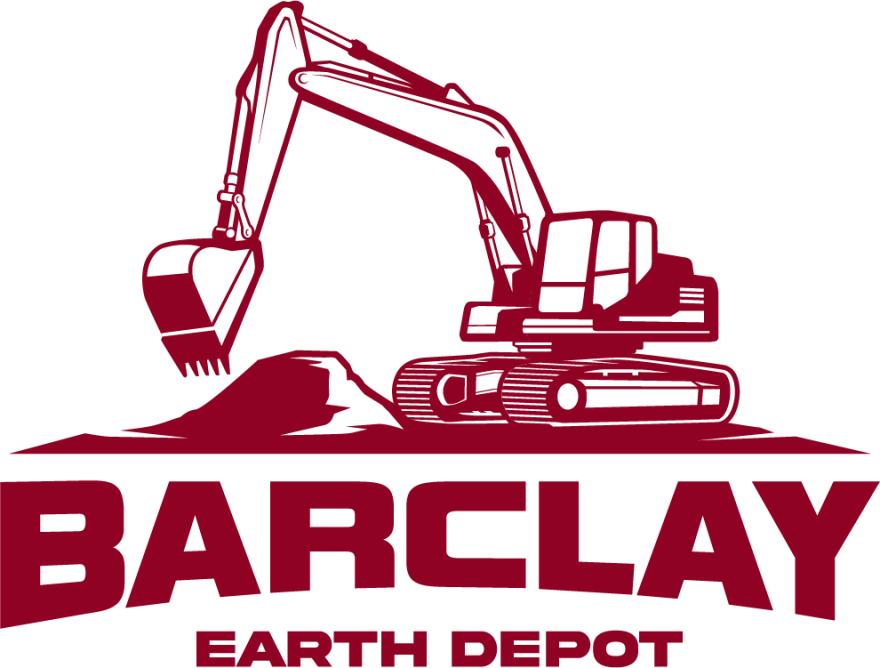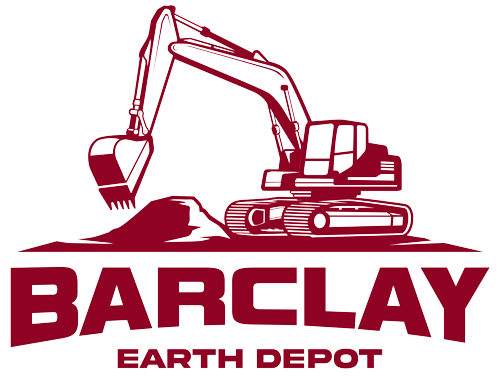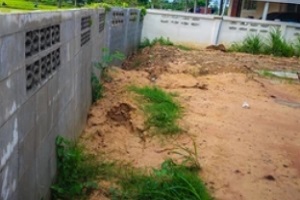 The foundational layer of any construction project is extremely important. If the foundation is not properly matched with the type of project you are aiming to complete, you can suffer from catastrophic issues that can cost a considerable amount of money to renovate. This is why fill dirt is so significant to every construction project.
The foundational layer of any construction project is extremely important. If the foundation is not properly matched with the type of project you are aiming to complete, you can suffer from catastrophic issues that can cost a considerable amount of money to renovate. This is why fill dirt is so significant to every construction project.
What Is Fill Dirt?
Fill dirt is an essential aspect of the process of laying and preparing the foundation of a construction project. Fill dirt is a type of subsoil that is used underneath the top layer and is a combination of stone, sand, clay and rocks with minimal or no organic matter present.
Fill dirt can come in multiple varieties, each having its own unique type of uses. Which one you choose will depend on the project for which it will be used. Choosing the right type of fill dirt is important in order to maximize cost efficiency and to ensure the proper type of foundation for your project.
Fill dirt is best used to fill in areas of the ground that need to be compact and built up in order to create a level foundational area. It is not recommended for a top layer where landscaping or planting of vegetation needs to be completed, as it may prevent the growth and sustainability of plants due to the lack of organic matter. For most areas that only need to be raised or filled in to raise the elevation or level out the planned site, fill dirt is the best option.
The most common uses of fill dirt include:
- Fill up holes
- Creating elevation
- Leveling embankments
- Filling in cavities and dips
Types Of Fill Dirt
There are several types of fill dirt, each with their own benefits and use cases. Fill dirt can be made from a variety of materials and sources, and can be used for a variety of different purposes.
Common Fill Dirt
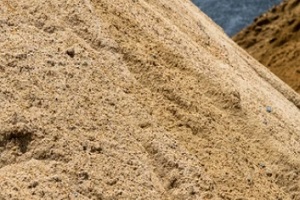 Common fill dirt is a non-specialized form of fill dirt that is used for basic purposes such as filling in holes or divots, raising elevation in certain areas or for generalized simple projects.
Common fill dirt is a non-specialized form of fill dirt that is used for basic purposes such as filling in holes or divots, raising elevation in certain areas or for generalized simple projects.
Common fill dirt consists of a simple blend of earth that usually has not been sifted or analyzed for its components, which makes it less specialized but much more cost-efficient. Common fill dirt is used most often in simple projects that do not require a specially tailored foundation.
Select Fill Dirt
Select fill dirt is a form of fill dirt that is more specialized than many other types of fill dirt. This type of fill dirt is often inspected by a soil engineer in order to determine its specific contents and to ensure that it meets the requirements of the project for which it is being tailored. This makes it perfect for use in construction projects that take place in certain climates or areas that require a specific balance of materials in the sub-soil in order to provide a durable foundational layer that lasts for many years.
Topsoil
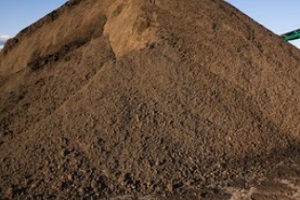 As the name suggests, topsoil is used as a top layer of the foundation of a construction project. Topsoil is considered to be different from fill dirt since it is usually poured over the top in order to add a layer of earth that contains organic materials.
As the name suggests, topsoil is used as a top layer of the foundation of a construction project. Topsoil is considered to be different from fill dirt since it is usually poured over the top in order to add a layer of earth that contains organic materials.
This type of fill dirt often contains organic matter and sufficient nutrients to sustain plant growth and any type of planned organic landscaping for the property. Topsoil is very often used as the top layer over the fill dirt in order to provide a more natural and clean look, additional stability and plant-growth capabilities to an area.
Uses Of FIll Dirt In Construction
Each of the different types of fill dirt are all used in multiple ways depending on the type of construction project. Some of the top uses for fill dirt in construction projects include:
Create Elevation
One of the most common uses for fill dirt is elevating surfaces around a property. Fill dirt can be used to create mounds, raise plant beds or form a solid base for areas in need of additional reinforcement. These elevation improvements can create privacy for properties and can also add more of a diverse type of landscape that includes raised gardens, patios and more.
Site Preparation
Fill dirt can help to prepare any site by creating a strong and stable foundation for the project. Using fill dirt that is properly screened and deemed the right match for your project can ensure the stability of the foundation.
Correcting Drainage
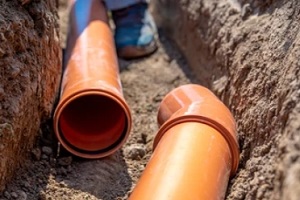 Some properties may poorly drain water; this can lead to flooding and damages if not corrected. Fill dirt works to fill in areas that need support for drainage and can also help to absorb water or drainage that would otherwise seep into the building. Fill dirt can be used to create foundations that have slopes and curves that facilitate even drainage away from the building.
Some properties may poorly drain water; this can lead to flooding and damages if not corrected. Fill dirt works to fill in areas that need support for drainage and can also help to absorb water or drainage that would otherwise seep into the building. Fill dirt can be used to create foundations that have slopes and curves that facilitate even drainage away from the building.
Find The Fill Dirt That Is Right For Your Next Project
The foundational layer is a crucial part of every construction project. Finding the right type of fill dirt for your unique needs is important for creating the proper foundational layer for your next project. For more information on what type of fill dirt is right for your next project, contact our team of experts today at 941-933-4448.
